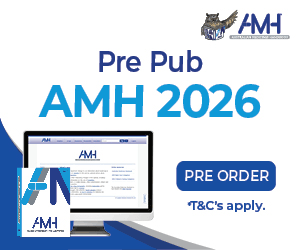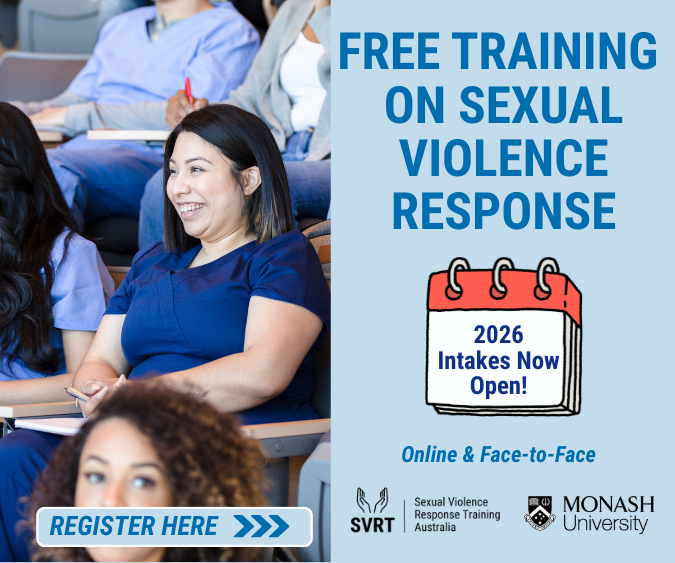The highly-anticipated standard that will enable registered nurses in Australia to prescribe comes into effect today.
The Nursing and Midwifery Board of Australia (NMBA) has published the Registration standard: Endorsement for scheduled medicines – designated registered nurse prescriber (the standard) and supporting guidelines for RNs who want to become prescribers.
The NMBA has been developing a designated RN prescribing model since 2016. In December last year, Health Ministers approved the new standard, paving the way for suitably qualified registered nurses to prescribe Schedule 2, 3, 4 and 8 medicines in partnership with an authorised health practitioner who is an independent prescriber, such as a nurse practitioner or doctor.
Who can prescribe?
To qualify for the endorsement, RNs must:
- hold current general registration as a registered nurse
- demonstrate at least three years’ full-time clinical experience post-initial registration, and
- complete an NMBA-approved postgraduate qualification or equivalent units of study leading to endorsement for scheduled medicines as a designated RN prescriber.
Post-endorsement, applicants will undergo a six-month clinical mentorship with an independent prescriber before their competencies are assessed against the National Prescribing Service (NPS) Prescribing Competencies Framework.
Education and training
RNs must complete additional postgraduate education approved by the NMBA and accredited by Australian Nursing and Midwifery Accreditation Council (ANMAC) leading to endorsement. Approved programs of study are not yet available.
“This standard is one of the biggest changes to nursing regulation in decades,” said NMBA Chair Adjunct Professor Veronica Casey.
“More nurses prescribing will give Australians greater access to safe, affordable healthcare and medicines.
“Designated RN prescribing puts patients first without compromising public safety.”
The NMBA says it is working closely with jurisdictional Chief Nursing and Midwifery Officers (CNMOs) to integrate designated RN prescribing into the Australian health system.
This includes making sure RN prescribing is part of the organisation’s safety framework, that nurses have clear agreements with authorised health practitioners, and that they follow laws about drugs and poisons in each state and territory.
The standard and guidelines will be periodically reviewed and evaluated to ensure they are achieving their intended outcome and to identify opportunities for further improvement, the NMBA added.
Implementation
An Implementation Oversight Group (IOG), co-chaired by the CNMOs of New South Wales and South Australia, has been established to guide the national rollout of designated RN prescribing.
IOG membership includes representatives from jurisdictional and Commonwealth CNMOs, the NMBA, Ahpra and ANMAC and will provide quarterly updates to the Health Workforce Taskforce.
The group will work with key stakeholders to oversee a nationally consistent approach to implementation by managing risks, supporting clinical governance, and align prescribing practices with state and territory drugs and poisons legislation.
Accreditation standards and programs of study
In January 2025, the Australian Nursing and Midwifery Accreditation Council (ANMAC) published the NMBA-approved Registered Nurse Prescribing Accreditation Standards (RNPAS).
These standards establish the education requirements for the endorsement, providing a clear, nationally consistent framework for education providers delivering programs that prepare graduates for safe and effective prescribing.
“The designated registered nurse prescribing endorsement, supported by these accreditation standards, marks a new era for nursing in Australia,” said ANMAC CEO Tanya Vogt.
“It equips registered nurses with the knowledge and skills to prescribe safely and support additional access to high-quality care for people and communities across Australia.”
Four RN education providers have already submitted education programs for assessment against the RNPAS, while several others have indicated interest in submitting programs, paving the way for hundreds of students to begin their studies in early 2026.
The first cohort of graduates from these programs of study is expected from mid-2026, strengthening the skilled RN workforce through the new prescribing model.
Access the standard, guidelines and fact sheet here









14 Responses
Very happy this is going ahead. As an advanced practice nurse who has studied at Masters Level I am keen to do this course as I have done a prescribing course at University.
This is an excellent initiative for the Australian public.
I am interested in doing the course to become a Registered Prescribing RN .
I am Registered Nurse practicing in Victoria
Courses should start becoming available later this year, with the first cohort of students starting early 2026.
It would be wonderful if we could do that in NZ too!
RN prescribing pathways are in place in NZ.
How do we find out where and when this is available
Hi Daina, there is a link at the bottom of the article to the standard, guidelines and fact sheet for further info.
I can only find 2 educational institutions who offer this course atm. Very hard to find as of today anyway. Application to either not available as well. University of Melbourne and Adelaide University
Would love to do and take a load off our GP in aged care, she is completely burnt out and needs help. This would be a great initiative in aged care, as many GPs only visit once or twice a week, will free up GP time if repeat scripts can be done by nurse prescriber.
Aged care facilities are empowering unqualified or educated ains to work outside their scope of practice to administer medications to residents that they do not know what they are administering not only is it dangerous residents are neglected because ains are doing medications and there are not enough staff to perform basic everyday cares . The union banned this practice because of medication incompetence incidents.i do not think a crash corse in medication administer replaces 2 years of college an en has to complete also rns are that run of there feet they can not complete the task they have already
Hi I’m a registered in the public health system in WA. I currently work in Pre-admission clinic with a cohort of patients that have multiple complex co-morbidities. As part of this role nurses are being prepared through policy change, meeting and in hospital training to manage diabetic, anti platelets and anti coagulation medications. Is this a part of a registered nurses scope of practice without post graduate education like ‘Nurse Prescriber’? I would like to do the nurse prescriber course how can I get enrolled? Thank you.
Hi Lisa, all information can be found here – https://www.nursingmidwiferyboard.gov.au/Registration-Standards/Endorsement-for-scheduled-medicines-designated-RN-prescriber.aspx
At this stage, no post graduate programs leading to RN prescribing have been accredited. They should be starting in early 2026
It’s interesting that nurse practitioners are being asked to mentor these students without nurse practitioners having a ‘seat at the table’ to discuss the implementation of the role. Does anyone know if this extra responsibility for the RN will be remunerated?